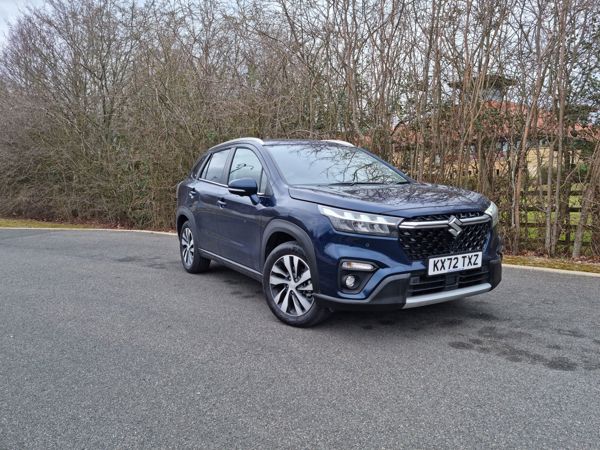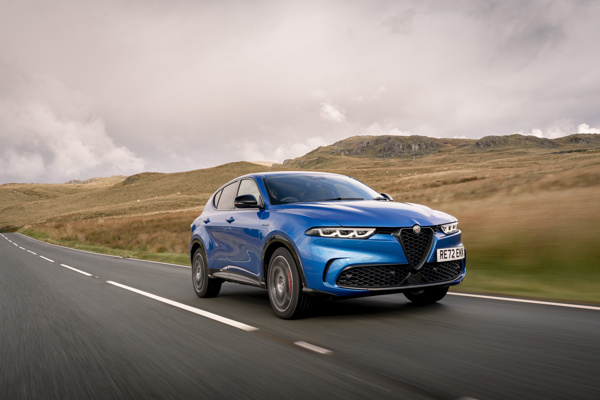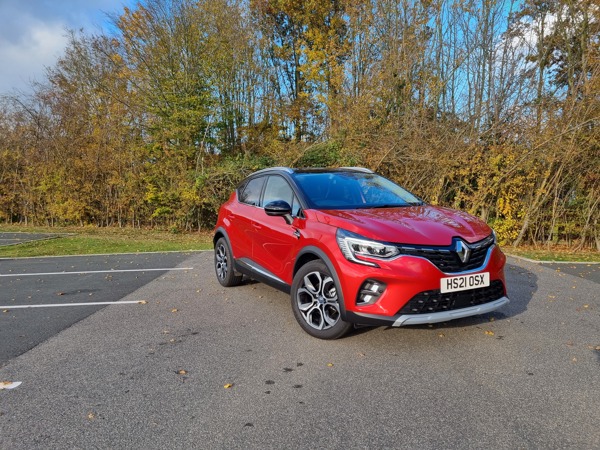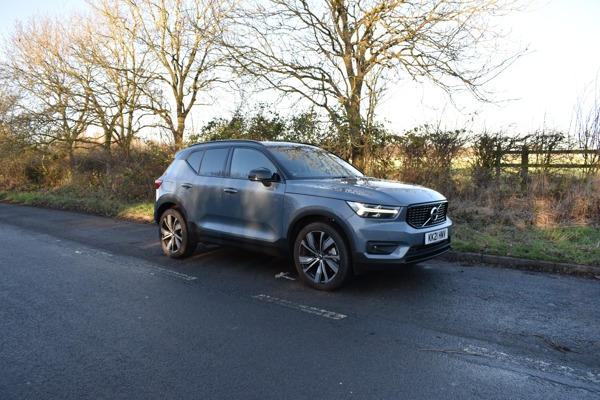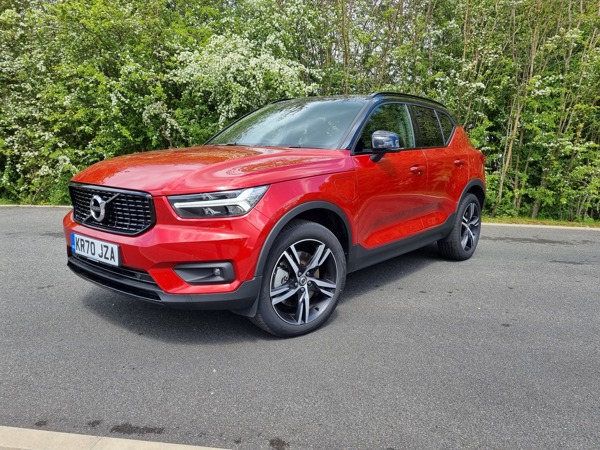Review
The Duster is more advanced and more efficient but hasn’t shed its no-nonsense rugged demeanour.
Overview
In a world of complex, expensive and technology-led cars, there’s something refreshing about the relatively simple Dacia Duster.
Now in its third generation, the Duster has been a welcome lifeline for those drivers and businesses that prefer no-nonsense transport with all the necessities but none of the frills.
It’s a compact SUV, essentially, but the option of all-wheel-drive and it rugged nature means you can venture further from the tarmac in a Duster than you can in most other members of this segment.
Like most cars, the Duster has evolved in its latest generation. It moves onto a new platform shared with the Renault group which facilitates the fitment of advanced driver aids and new safety technology.
The need to reduce emissions has also been considered, with mild hybrid and hybrid engines on offer, as well as an LPG ‘bi-fuel’ option.
The Duster’s core attributes – it’s rugged looks, utilitarian interior and user-friendly interfaces – remain, however.
Comfort and practicality
Each trim level brings its own character to the Duster. The entry-level model feels stripped back and sparse inside with cloth upholstery and analogue instruments.
Most customers are expected to go for the higher-spec models, with the priciest Extreme version providing synthetic leather upholstery and heated front seats for a plusher experience.
But this isn’t a car you pick for luxury. In any guise, the Duster isn’t going to offer the same levels of refinement as more conventional compact crossover.
One thing you get on all Dusters is space. The car’s boxy dimensions benefit a large interior with plenty of space for passengers front and rear. Boot volume is measured at up to 517 litres, giving it greater capacity than many models in the segment above.
There’s a robust and utilitarian feel to everything inside. The dashboard and trim panels are made of tough plastic that feels like it’ll last a lifetime. To lift the aesthetic, there are indents and mouldings throughout. These give the impression of a much higher-grade interior.
The door panels feature chunky handles and large storage bins. There’s also a pair of cupholders in the centre console and a selection of pockets in front of the gear lever. An armrest is fitted to all but the Essential model.
For greater usability, there’s a range of accessories available that utilise Dacia’s new YouClip system. This includes a variety of smartphone and tablet holders that attach to mounting points around the car.
On the outside, the Dusters plastic cladding not only protects the painted body but is also designed to resist scuffs and scrapes.
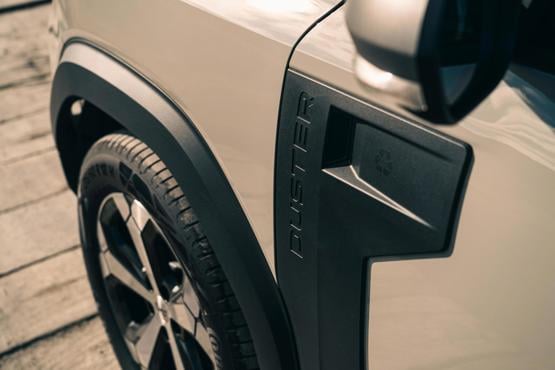
Safety and technology
There aren’t many new cars on sale that don’t come with a touchscreen but the Duster is one such vehicle. That’s only if you buy the base model, mind. Instead of an infotainment system it just has a smartphone holder and a built-in Bluetooth speaker that you control using buttons on the steering wheel.
The rest of the line-up uses a 10.1-inch touchscreen with the obligatory Android Auto and Apple Carplay interfaces. This is paired with a digital instrument cluster display for the driver.
There’s a basic control panel for the heating and air conditioning on the Essential, while models with the touchscreen use a row of toggle switches.
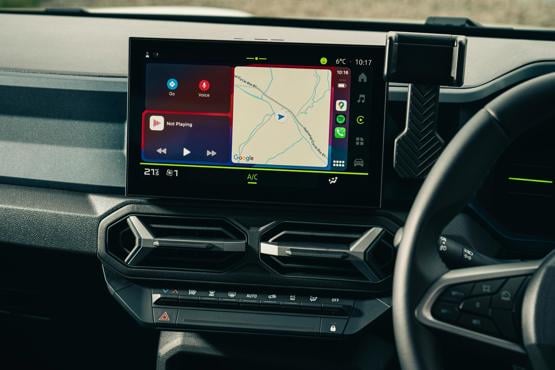
A full suite of safety and driver assistance aids come as standard. This includes six airbags, cruise control with speed limiter, traffic sign recognition with speed alert, rear parking sensors, driver attention warning, lane departure warning, lane keep assist, advanced emergency braking system, emergency E-Call, vehicle dynamic control, and hill start assist.
Moving up the range sees the fitment of automatic wipers, a rear-view camera, sat-nav and wireless phone charging.
Drivers can personalise the settings of the mandated driver aids, such as speed limit warning and lane departure warning, using a button on the dashboard. Once configures simply tap the button twice to load the preferred parameters.
Driveability and efficiency
Using a modified version of the platform that underpins the Renault Clio and Nissan Juke, the Duster takes a big step up when it comes to driveability.
It’s more nimble, more refined and smoother riding than before.
The flagship powertrain is the Hybrid 140. It’s the most efficient – emitting 114g/km of CO2 – and the most powerful. Based around a 1.6-litre petrol engine, the powertrain utilises two electric motors and a clever-but-slightly-complex automatic transmission to provide electric drive in certain scenarios.
In stop-start traffic or in very light throttle applications, the petrol engine shuts off to conserve fuel. The motor also provides a power boost when full acceleration is required. It’s quite easy to get upwards of 50mpg, combined, when driving. In most scenarios the Hybrid system works adequately, we did find on the odd occasion it was a little slow to provide bursts of acceleration and sometimes, usually when climbing hills, the engine sounds a little overworked.
The mild-hybrid TCe 130 is a revvy three-cylinder petrol. It’s the only powertrain available with all-wheel-drive. Our testing found little difference in fuel consumption, although we didn’t spend much time in urban traffic.
The manual gearbox has a notchy, robust feel and the clutch is heavier than we expected. In contrast, the steering is extremely light. We’d have liked the control weights to be better aligned.
We’ve yet to test the LPG-powered Duster, which uses a 1.0-litre petrol engine. Despite being the cheapest engine option, it’s the least efficient.
From the driver’s seat, the Duster feels bigger than its dimensions suggest. You sit high up, with good visibility. The remains in view as it extends from the base of the windscreen, giving a greater sense of substance.
Ride quality is impressive for a budget-focused model and there’s not a great deal of road and wind noise until you’re really pushing it. The TCe 130 exhibits a degree of transmission noise from the centre console area.
We tried the 4x4 version on a light off-road course where it easily tackled the kind of terrain and slippery surfaces you might find in rural areas or sown unpaved roads.
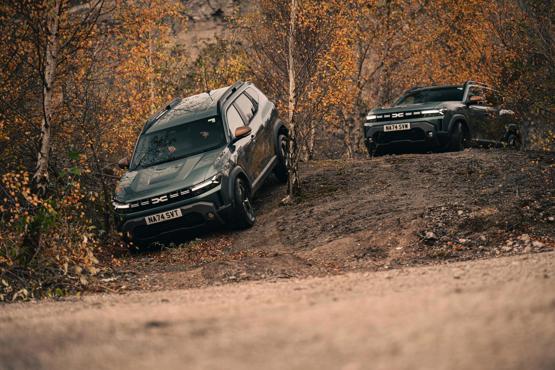
Company car tax and running costs
The entry-level Duster Essential represents good value at less than £19,000 on-the-road. It’s only offered with the TCe100 Bi-Fuel engine, which carries a 34% benefit-in-kind (BiK) tax rate and may not be a good choice for user chooser drivers. For businesses that need a basic, robust model with some off-road capability it could be a suitable option.
The Hybrid makes more sense for company car drivers, with a 27% BiK rate and good real-world fuel economy. Opting for a Journey specification, priced at £25,945, makes it good value and it comes well equipped.
With the option of all-wheel drive, costing from £23,445, the Duster 4x4 may fill a niche for fleets looking for a low cost all-terrain model.
Specs
| Manufacturer | Dacia |
| Model | Duster Estate |
| Specification | Dacia Duster Estate 1.6 Hybrid 140 Expression 5dr Auto |
| Model Year | 2024.00 |
| Annual VED (Road tax) | £440 |
| BIK List Price | £24,335 |
| CO2 | 113g/km |
| BIK Percentage | 27% |
| Insurance Group | N/A |
| CC | 1,598 |
| Fuel Type | Petrol Hybrid |
| Vehicle Type | Compact SUV |
| Luggage capacity (Seats up) | 472litres |
| Doors | 5 |
Running Costs
| P11D | £24,335 |
| Cost per mile | 35.03ppm |
| Residual value | £12,775 |
| Insurance group | N/A |
| Fuel Type | Petrol Hybrid |
| Cost per mile | 62.75ppm |
| Fuel | 12.06ppm |
| Depreciation | 49.40ppm |
| Service maintenance and repair | 1.29ppm |
Rivals
Info at a glance
-
P11D Price
£24,335
-
MPG
55.4 (WLTP) -
CO2 Emissions
113g/km -
BIK %
27% -
Running cost
3 Year 60k : £12,775 4 Year 80k : £10,400 -
Fuel Type
Petrol Hybrid



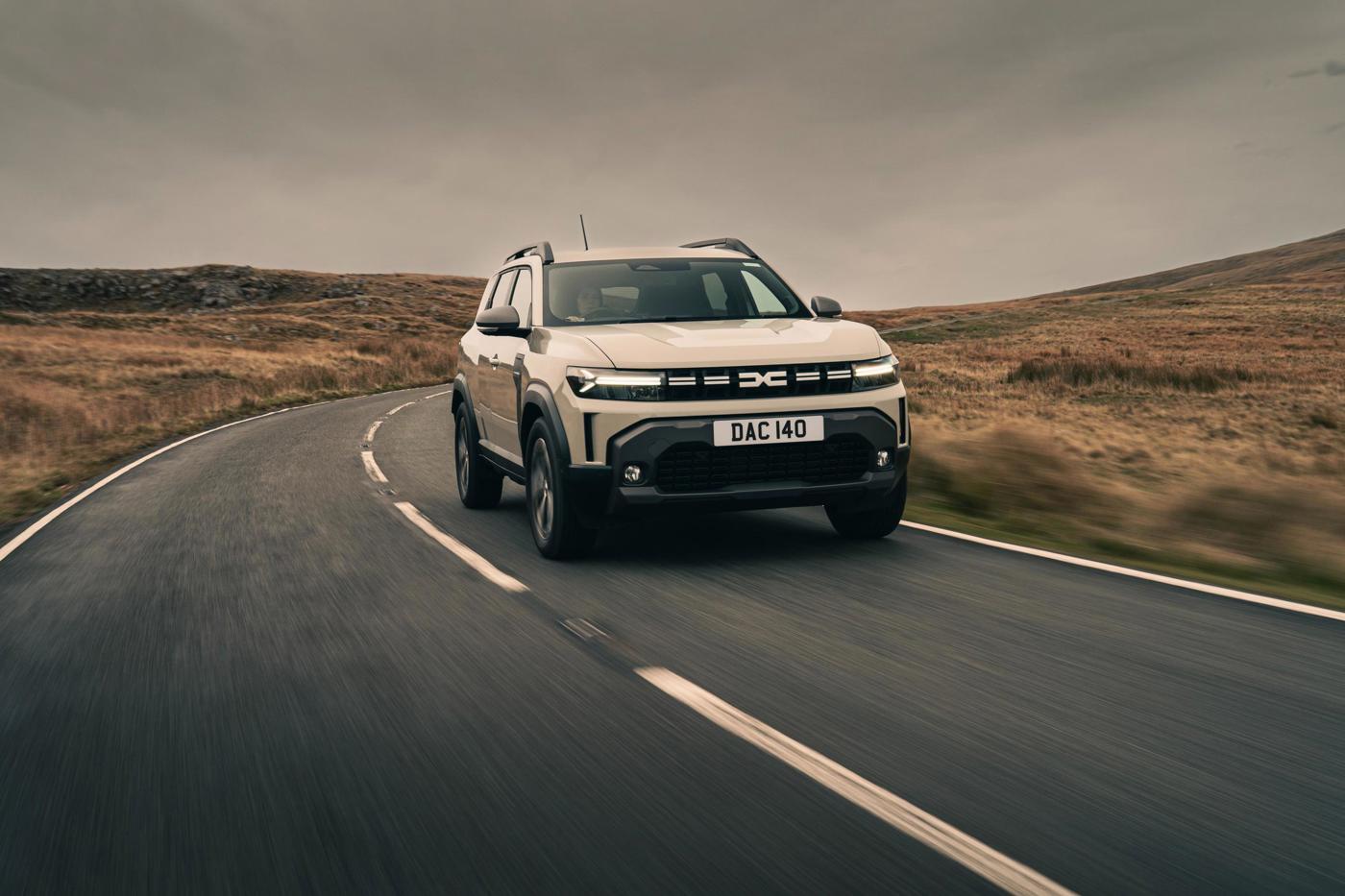
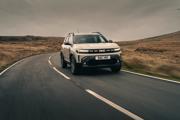
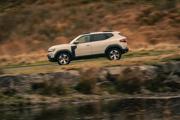
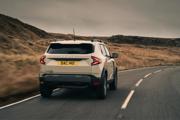
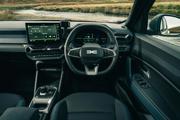
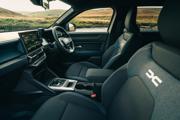
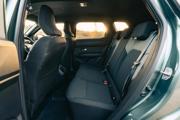
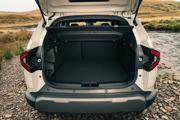


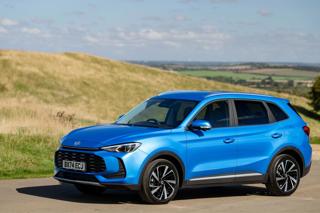
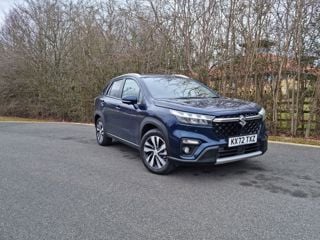
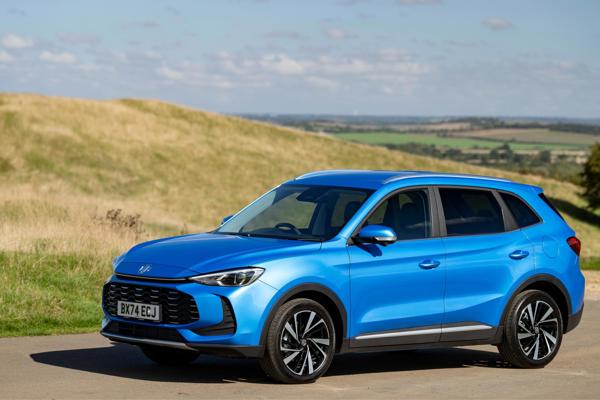
 Petrol Hybrid
Petrol Hybrid
